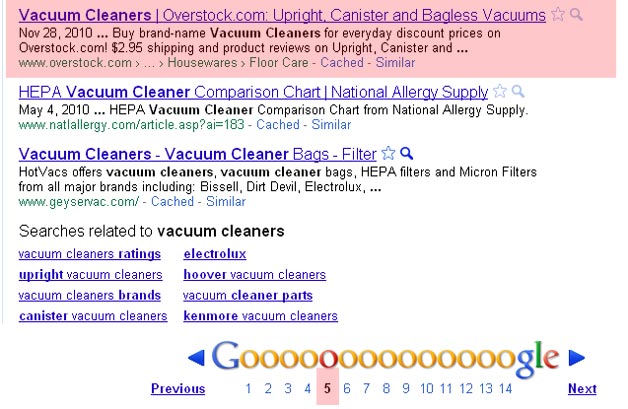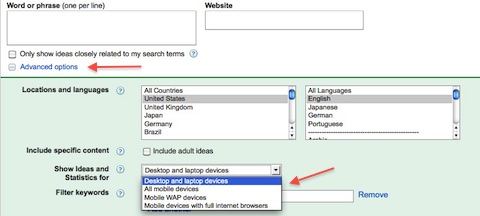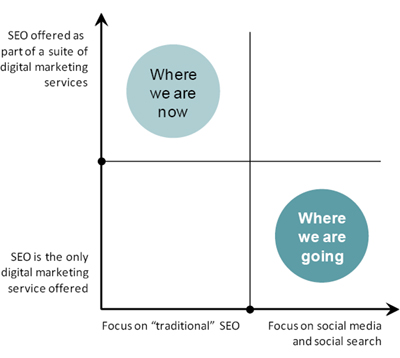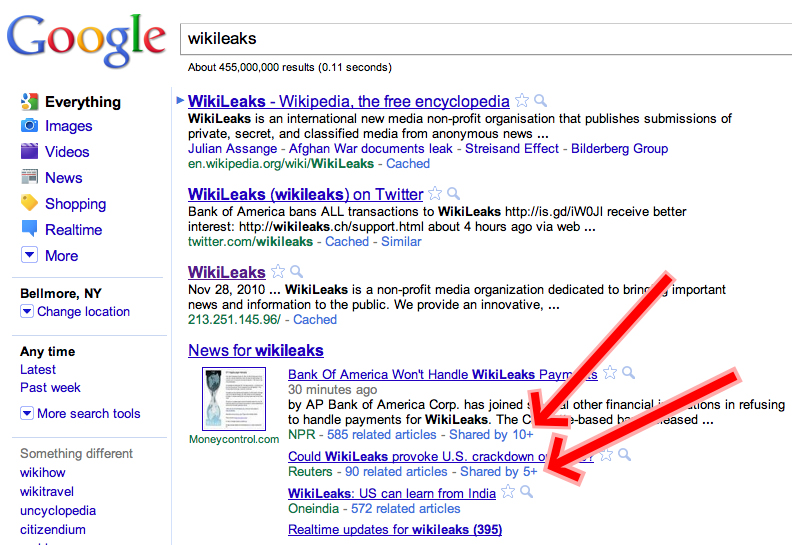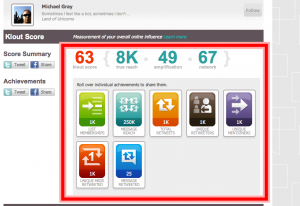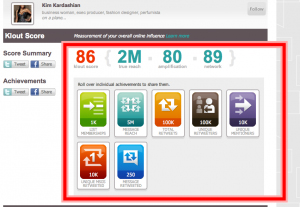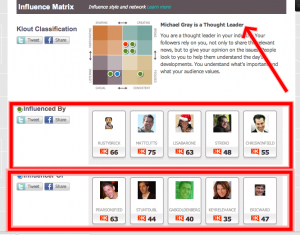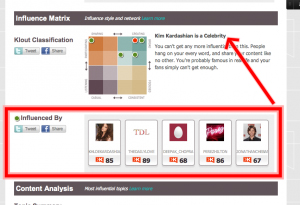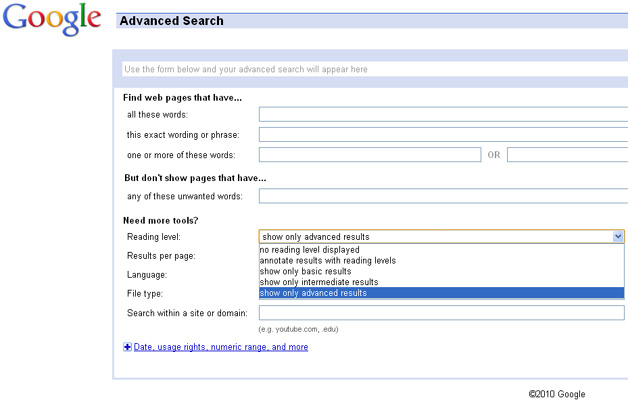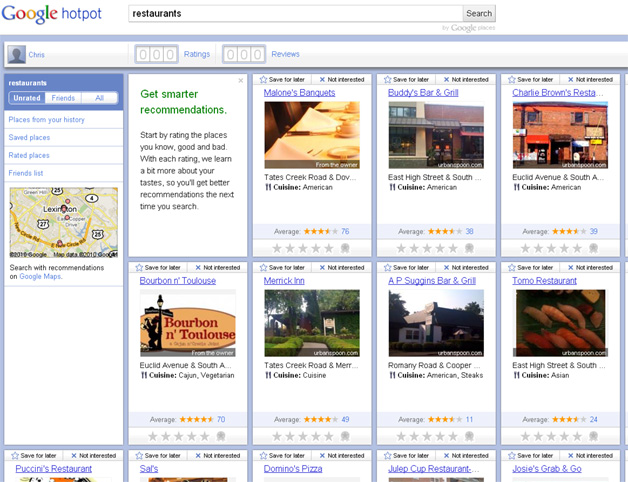Inbound links increase the value of your website in the eyes of Google and the other search engines. And, they help more people find your website and all you have to offer. Each inbound link is like your website just got another vote of confidence.
So, once the link has been set up, your job is done. Or is it?
Getting links to point to your site is one of the most challenging parts of search engine optimization, but link building doesn’t end once a link has been set up.
In fact, getting that link should only be the first step in a long-term link building strategy.
Do you follow up on links? Let us know.
Let’s talk about this for a minute. Someone received your link request, and went to the trouble of responding. Or, they heard about you, researched you, and maybe even purchased something from you, and then decided to link to you . However it started, he thought it was a good idea to create a link to your site and took the time to make it happen.
Do you just congratulate yourself and move on?
No! The person who helped you deserves a little bit more of your time and attention.
Not only should you send them a thank you for the link, you should treat this like the opportunity it really is. By establishing a relationship with them, you could not only boost your search engine rankings, you could be opening the door to rich collaboration and business opportunities.
Consider these nine important questions for sites that already link to you.
1. How popular is their site?
The more popular the site, the more beneficial it can be for you. Start by checking out the number of inbound links the site is getting, they are a good measure of the popularity of the site. Then you can sort in order of priority and start with the most popular.
2. Which of the sites that link to you are bringing you real traffic?
Review your log files or investigate Google Analytics to find out which of your links are actually bringing you traffic. When sites bring you traffic, it can be for a combination of reasons, for example:
– You share the same target market and their visitors are interested in what you provide
– They’ve talked warmly about your products and given you a good review
– They’ve placed your link in a prominent spot on their site
– They get high traffic themselves
For whatever reason, getting traffic is only part of what you need. The next part is …
3. Does the traffic from the sites convert to sales?
As important as it is to get traffic to your site, if none of the visitors DO anything when they arrive, you aren’t really too far ahead. The critical question is ‘does the traffic they bring convert for my benefit?’ Set up Google Analytics to help you find out the answer. And, if you find out that they link to you, they bring you traffic and the traffic they bring converts, then stop reading this article IMMEDIATELY and get in touch with them.
Start by thanking them, and then initiate a dialogue to explore what else you can do together.
4. Have you done them a favor in return?
No? Do so, right away.
Yes? Do so again.
It’s very easy to do a favor for someone and being helpful and willing is a great way to build relationships – and relationships are at the heart of successful link building. It might be as simple as sending them an email thank you and asking them to keep in touch.
5. Do you know how the link got to be there and can you put a name to the person behind the site?
It’s really important to remember that it’s people who make links, not websites. Visualize a network of people linking to you, not just a network of websites linking to you.
Do a bit of research to find out who they are and what they do. What do you have in common? Why did they link to you in the first place? Is there more business you could be doing together? And, as we talked about in question four, what favor could you be doing for them?
6. What social media sites are they active on and have you linked up with them?
With the escalating popularity of social networking, contact through social media is critical today. Because these people have linked to your website, they’re relevant to you – and they bring with them a network of friends and followers who are also likely to be interested in what you have to offer.
Follow them on Twitter, Facebook, Linkedin or whatever, and respond to their posts, re-tweets or comments. Do that and just watch your network – and your inbound links – grow.
7. Can you say at least one thing that is great about their site?
Make sure you do.
Write a complimentary blog post, add a kudos when you re-tweet, make a positive comment, agree with them, elaborate on their ideas. You’ll be getting yourself an even bigger fan.
We all love a bit of flattery and it can be a powerful tool when you are building relationships. Dale Carnegie put it very well when he said, “Flattery is telling the other person precisely what he thinks about himself”.
8. What linking text do they use when they link to you?
The linking text that people use when creating the inbound link to you is very important for your search engine rankings. Therefore, you need to know if they are using a really basic ‘click here’ or if they incorporate more keyword-rich text in the link. If necessary, it is worth the time to make a quick approach to them and suggest they use one of your important keywords or phrases in the linking text. It will strengthen the value of the inbound link for you.
9. Are there any ways you can collaborate, either in content or in business?
If there’s really a good business fit between you and a site that links to you, then they’re likely to respond positively to any business proposition you may make. Time to start brainstorming. Is there more you could be doing to help each other or generate more business?
In summary, don’t view getting an inbound link as the end of the story. If you see links as simply a way to boost your search engine rankings, then you’ll miss out on some tremendous opportunities.
Instead, remember that link building is really about building relationships with people and generating opportunity. It is about being part of community, providing useful content to your readers and the people who link to you. Who knows where it could all lead you?
What is the most important element of link-building to you? Comment here.
